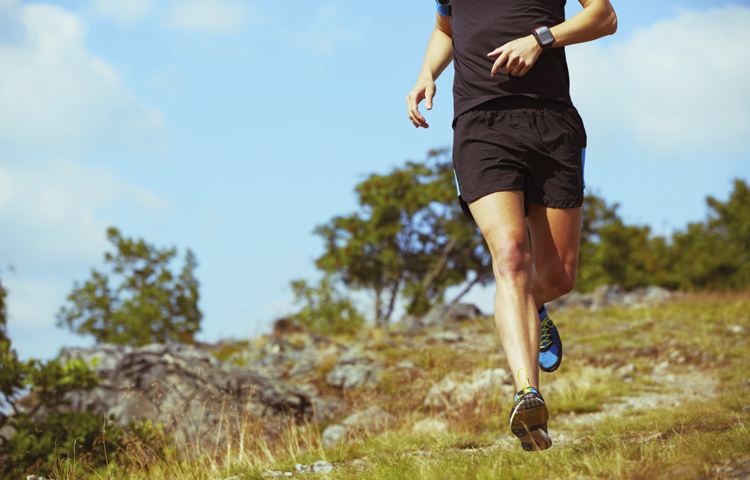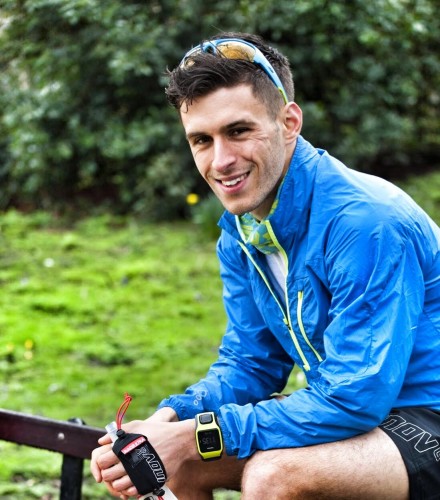
Everyone worries about how many thousands of feet they have to run up in an ultra race, but they forget that the uphills are unlikely to end your race. It’s the descents that will write DNF next to your name. They’re the real killers.
Running uphill may be exhausting, and you’ll always have mountain goats whizzing past you when you’re feeling your weakest, but you can invariably keep going. Running downhill, on the other hand, can end your day in a number of ways, including tripping you up and sending you flying face-first.
Preparing the leg muscles for those downhills, especially if like me you weren’t born and bred in the high mountains, is key for any hilly ultra. It is as – or even more – important than getting ready for the ups. It may not be easy if you live in Central London or the flatlands of Norfolk, but there is always a hill to find if you look hard enough. The smallest incline can spawn forth a valuable hill session if you put in the right amount of effort.
Apart from getting away to some of the bigger climbs in the UK (Snowdonia or the Cairngorms, for instance) or a short trip to Geneva and the French Alps (a lot easier then you think), there are ways of getting prepared for those descents in your own backyard. Always be on the lookout for good trails to practice on. And if you find yourself on something a little technical, push yourself a little out of your comfort zone. Purposeful practice like this will help make micro improvements and can be done whenever you’re on the trail.
‘Kenyan hill sessions’, where you work as hard on the down as you do on the up for set efforts, such as 3 x 10 minutes, are another great way to prepare the legs for longer descents on race day. Lastly, get talking to a strength and conditioning coach as even a couple of sessions a week on easy run days can make a big difference if you keep at it. They say races are won on the uphill, but lost on the downhill. Don’t do all the hard work to get to the top of that hill, only to forget the race is only half done.






